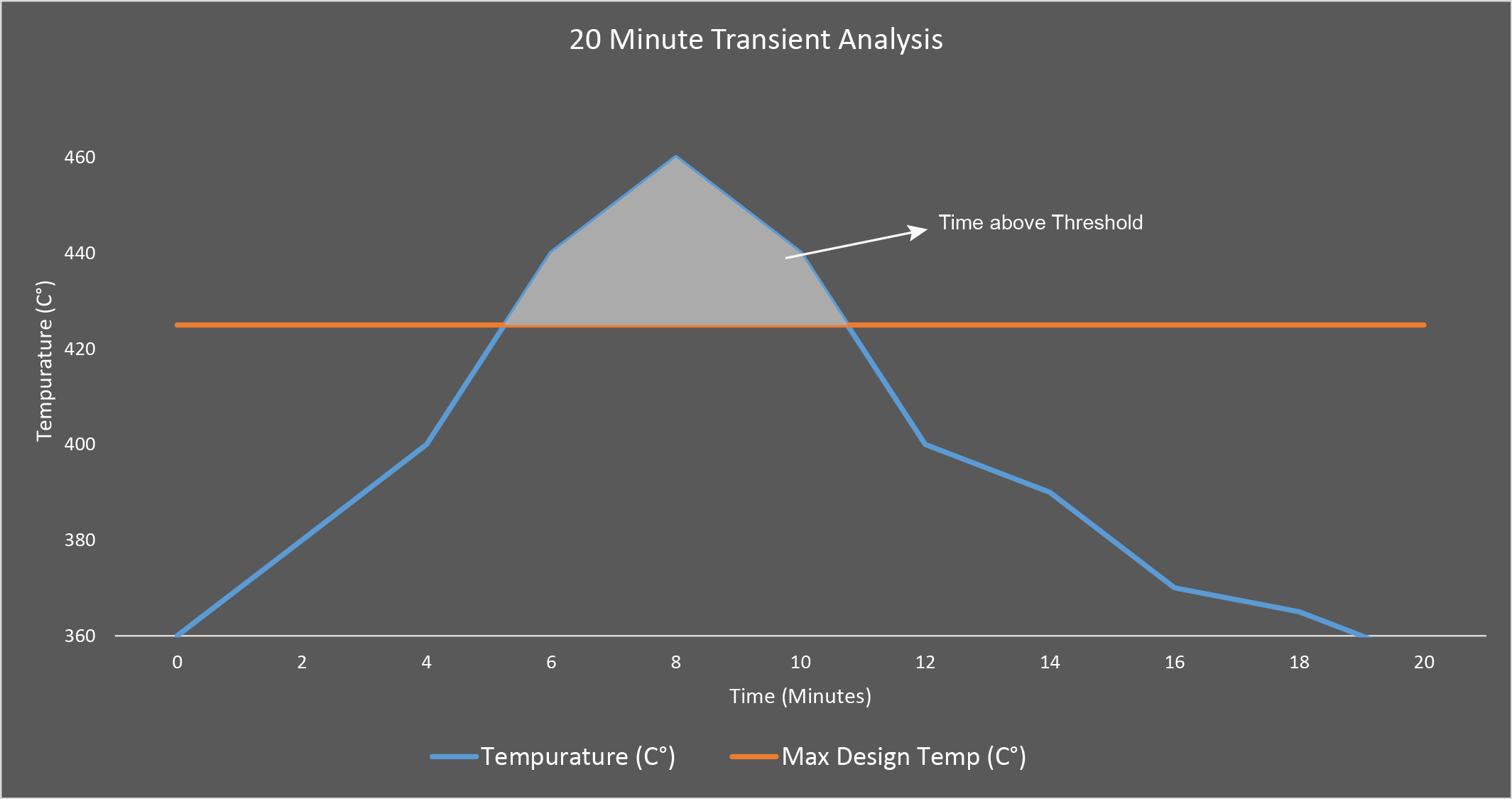As discussed in our July 17 blog titled “Why Using Simulation to Front Load Design Decisions Gives You the Competitive Advantage,” front loading your design process using simulation can provide significant savings.
But when can simulation inject the greatest ROI, efficiency and competitive advantage? The easy answer: the earlier the better.
Take this very common scenario: A manufacturer is considering moving a component closer to a heat source for a forthcoming model re-design. The engineering team will want to know (with a great degree of predictability) what temperatures the component might be exposed to. There may not be a prototype, or worse, no design. Front loading simulation can provide significant information early in your process — and not in the traditional four to six week turnaround time that simulation teams are used to offering.
Now you can get an answer in as little as four to six hours with no production, prototyping or testing required.
Take the example in which a prototype has already undergone testing, it is revealed that there are components which are getting too hot. Front-loaded simulation allows you to answer questions that might arise in this scenario before that prototype was ever developed. But, in the case in which you are trying to solve these issues after prototyping, simulation enables you to identify and simulate the solution without doing another round of test-and-fix, such as:
- The reason for the problem: What is causing the added heat exposure?
- The nature of the problem: Is the thermal management issue one of radiance or conduction?
- The source of the problem: Is one component affecting the thermal characteristics of another? Can component A withstand 425º C, while component B can only withstand 410 º C? What will happen, then, at 440 º C degrees?
- The severity of the problem: If (and when) a component does reach a maximum design temperature, how long does it need to stay above that temperature to have an adverse effect on the component (and its durability)? The only way to determine this is through a transient thermal analysis. Take “Figure A” below as an example; does it matter if a component spends eight minutes above its maximum design temperature? Does it matter that it peaks at 30º C above its maximum design temperature? What would be the effects of moving this component or placing a protective heat shield?

Physically testing these issues is an inefficient way to address them. You simply must fix, then test…then fix and test again…and so on. It can become a seemingly endless loop of time, materials, costs and frustration.
Furthermore, front loading simulation in the design phase can, in many cases, avoid the issues altogether. Think of it as front-loading the front-loading.
The Sooner You Simulate, the Quicker You Generate ROI
A truly front-loaded design process is one that is strictly using simulated models. Even if, for example, the design team is assuming the type of engine and drive train, designers and engineers are no longer limited in making meaningful decisions that will dramatically impact future production. Just because the specs are general assumptions and a design or prototype is not available does not mean you cannot get the answers you need. Front load simulation into the design process and you naturally start earning ROI right away in addition to adding competitive advantage, jump starting innovation and fast-tracking your time-to-market.
The manufacturer with the best ideas and most innovative products typically wins the day. A simulation tool like TAITherm gives those manufacturers a distinct advantage quickly, more cost-effectively, more accurately and more predictably than any other simulation program out there.
To learn more about the TAITherm system’s tools to help visualize and front load thermal management issues, please click here.
